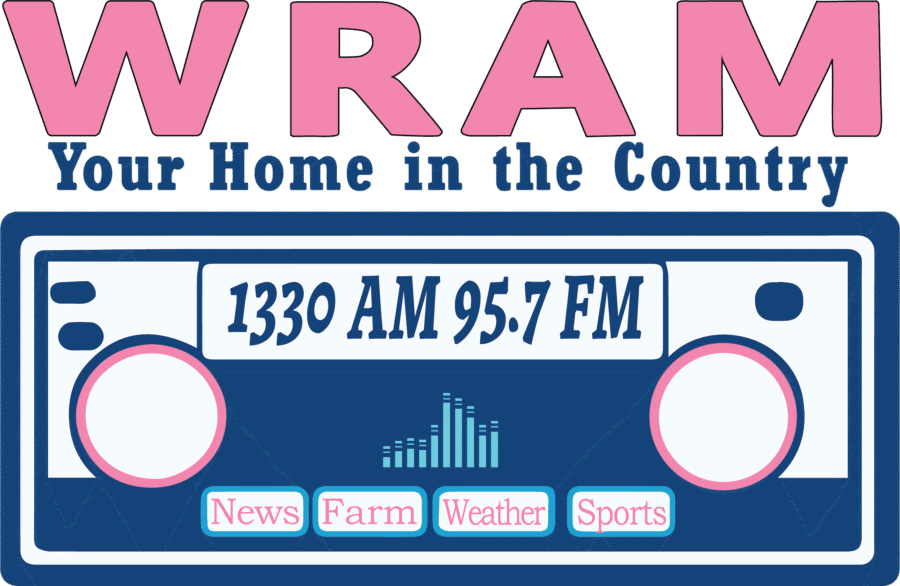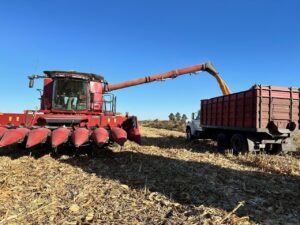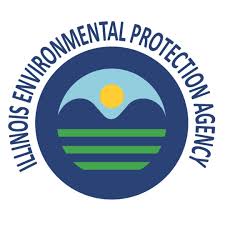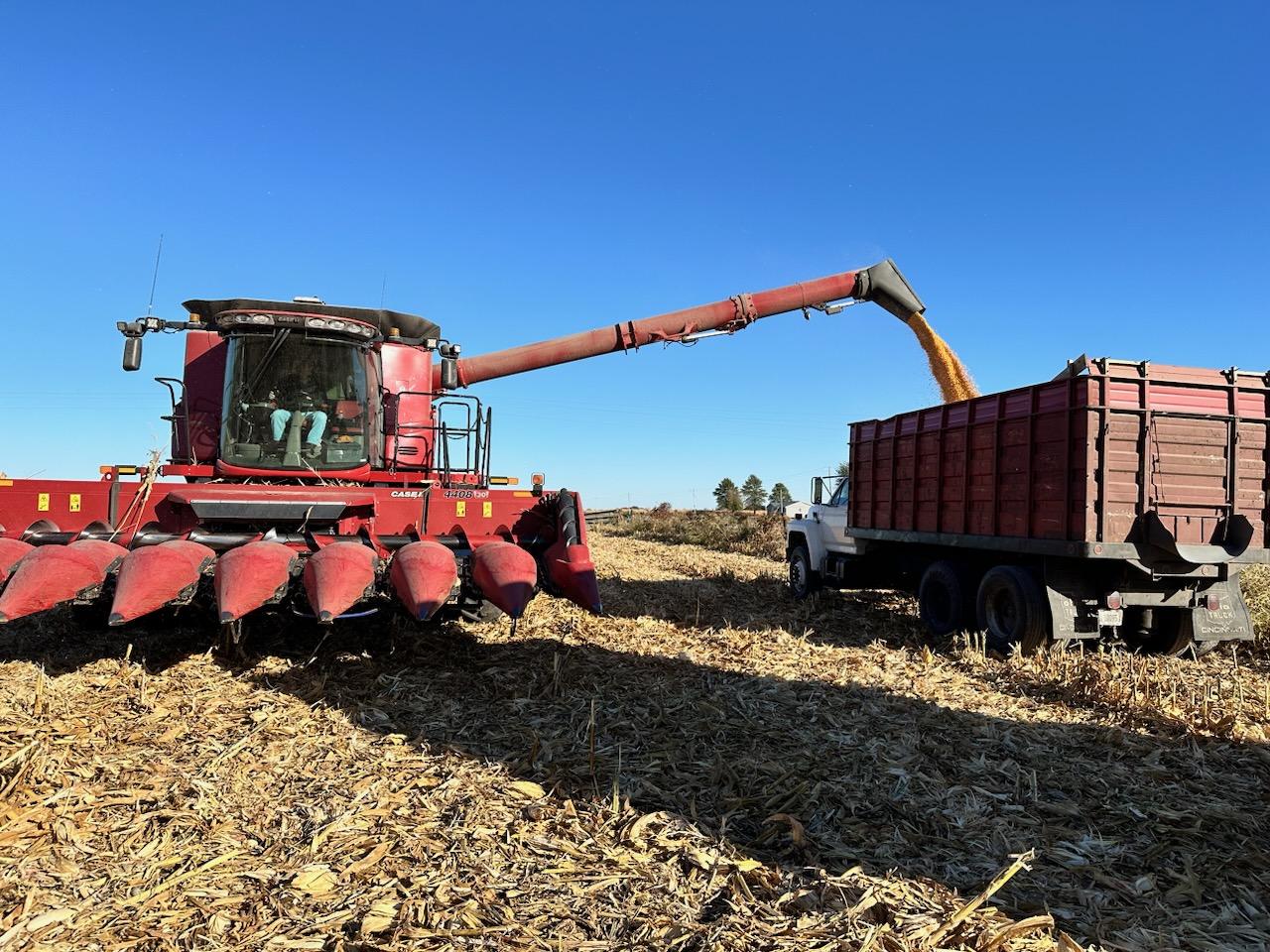Nutrient pollution in Illinois waterways is complicated. The nutrients nitrogen and phosphorus leah into lakes, rivers, and streams from a wide variety of sources. So, both the solutions to reducing nutrient loss and those involved in developing and putting those practices into place must be equally diverse.
Once a year, industry professionals, scientists, conservationists, and members of the public from across Illinois and the Midwest gather to discuss the work being done to reduce nutrient pollution to the state’s waterways and downstream. More than 200 people gathered online and in person for the Illinois Nutrient Loss Reduction Strategy, NLRS, annual Partnership Conference on Jan. 25 to explore updates to the strategy and discuss future developments. University of Illinois Extension hosted the event in partnership with the Illinois Environmental Protection Agency and the Illinois Department of Agriculture.
The Illinois NLRS was established in 2015 and is designed to reduce nutrient pollution and its negative impacts by exploring and recommending practical, research-based nutrient loss practices and management approaches through cross-industry collaborations. Nutrient pollution promotes algal growth and impairs local ecosystems, making water unsuitable for drinking, recreation, fishing, and aquatic life. Excess nutrients also contribute to the “dead zone” in the Gulf of Mexico, where aquatic life struggles to survive due to low oxygen levels.
Reinforcing the importance of reducing nutrients was the attendance of leaders from several state and federal government agencies, including USDA Natural Resources Conservation Service Chief Terry Cosby, IDOA Director Jerry Costello II, Illinois EPA Director John J. Kim, and NRCS Illinois State Conservationist Tammy Willis.
A consistent point of conversation at the event was the need to continue to build partnerships and collaborations to reach the strategy’s goals of a 45% reduction in both nitrogen and total phosphorus loads, with interim targets set at a 15% nitrate-nitrogen decrease and a 25% total phosphorus decrease by 2025.
“Every voice needs to be heard, and it will take all of us to get the job done,” said Chief Cosby in his opening remarks. He added that not every farm needs to do every practice, but every farm needs to do something.
Despite the ongoing implementation of nutrient loss reduction practices by each source sector, challenges remain. A variety of factors contribute to rising nutrient loads, including increased streamflow, residual nutrients from years past, a wide range of human activities, climate change’s impact on water dynamics, and some unidentified sources.
Costello pointed to the point-source sector’s recent achievements in reducing phosphorus loss and acknowledged that the pace and scale of the adoption of non-point sector land management practices that reduce nutrient loss needed to increase. He noted that the IDOA’s Fall Covers for Spring Savings cover crop program met its acreage enrollment cap in a matter of hours.
“What that expresses is the commitment by farmers in Illinois for this program,” Costello said, adding that IDOA is committed to a unified approach to nutrient loss reduction.
Chief Cosby also discussed the cost-share programs that help farmers and landowners implement management practices that reduce nutrient loss. Chief Cosby noted that the programs face challenges such as a large backlog of applicants and staffing shortages but also hinted at increasing funding opportunities. In mid-February, the federal government announced it made record investments in private land conservation in 2023.
Later in the program, the discussion turned toward future developments. Other Midwestern states have moved toward providing nutrient loss updates using a publicly available digital dashboard, and the idea of doing something similar in Illinois was presented and discussed briefly. NLRS stakeholders and working groups will continue discussing this idea.
Illinois EPA Director John J. Kim concluded the conference by reinforcing that stakeholders need to remain committed to reducing nutrient loss to see progress on the goals. “There is not going to be any one fit or approach that is going to take care of this,” Director Kim said.
The most recent update to the strategy, the 2023 NLRS Biennial Report, and an executive summary are available at go.illinois.edu/NLRS.
Explore more about where nutrient pollution comes from and strategies to reduce nutrient loss at the Extension Nutrient Loss Reduction website, and learn more about the Illinois strategy at go.illinois.edu/NLRS.
***Courtesy of the University of Illinois Extension***













